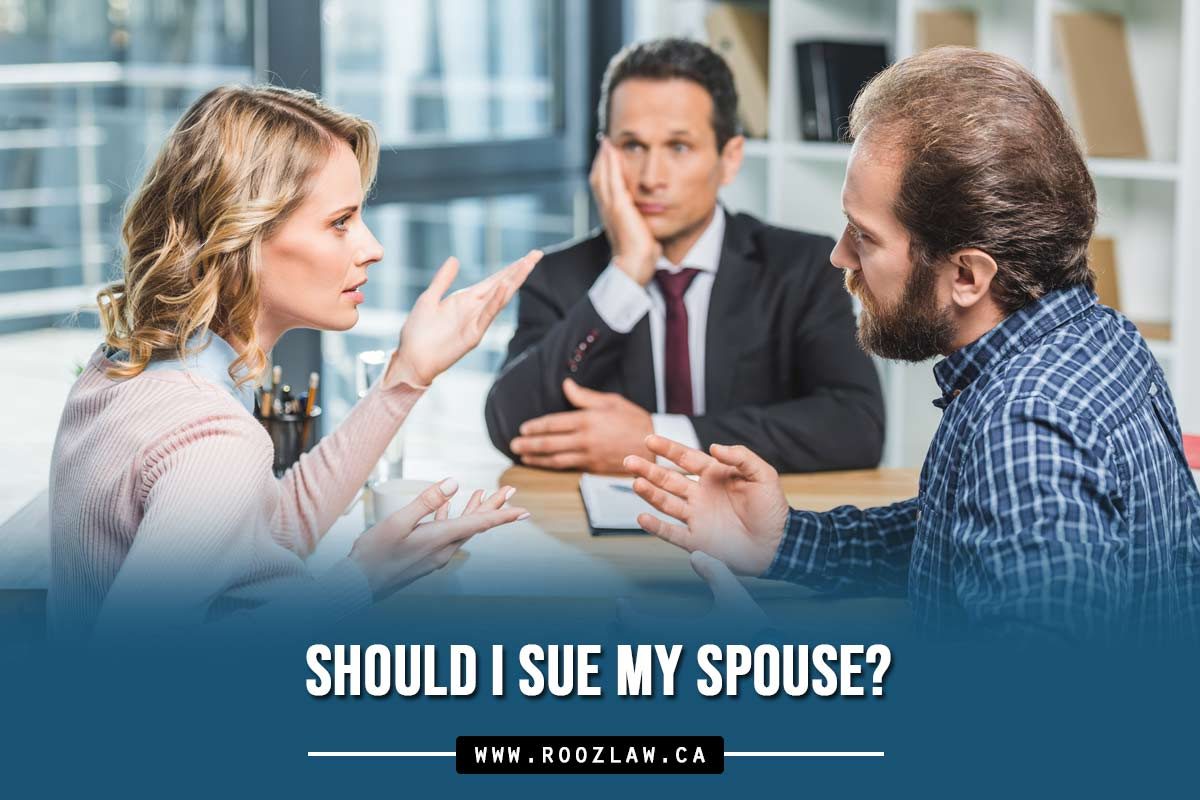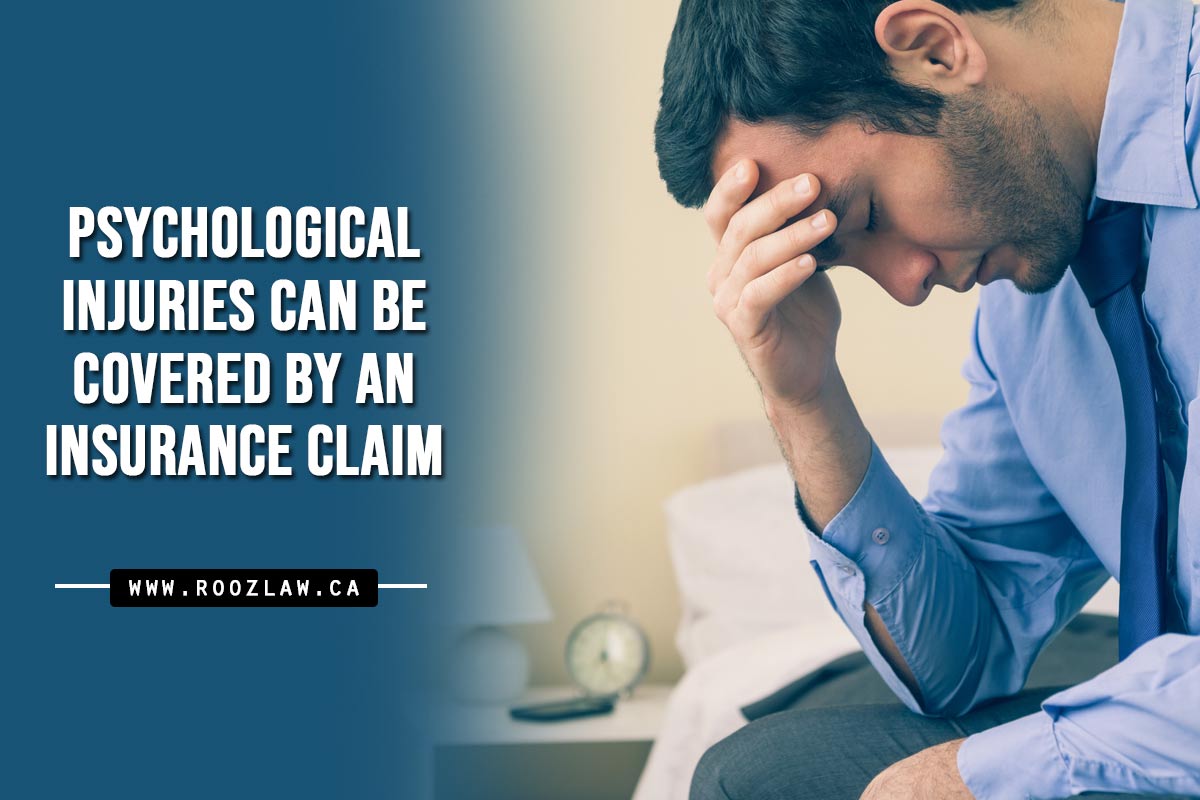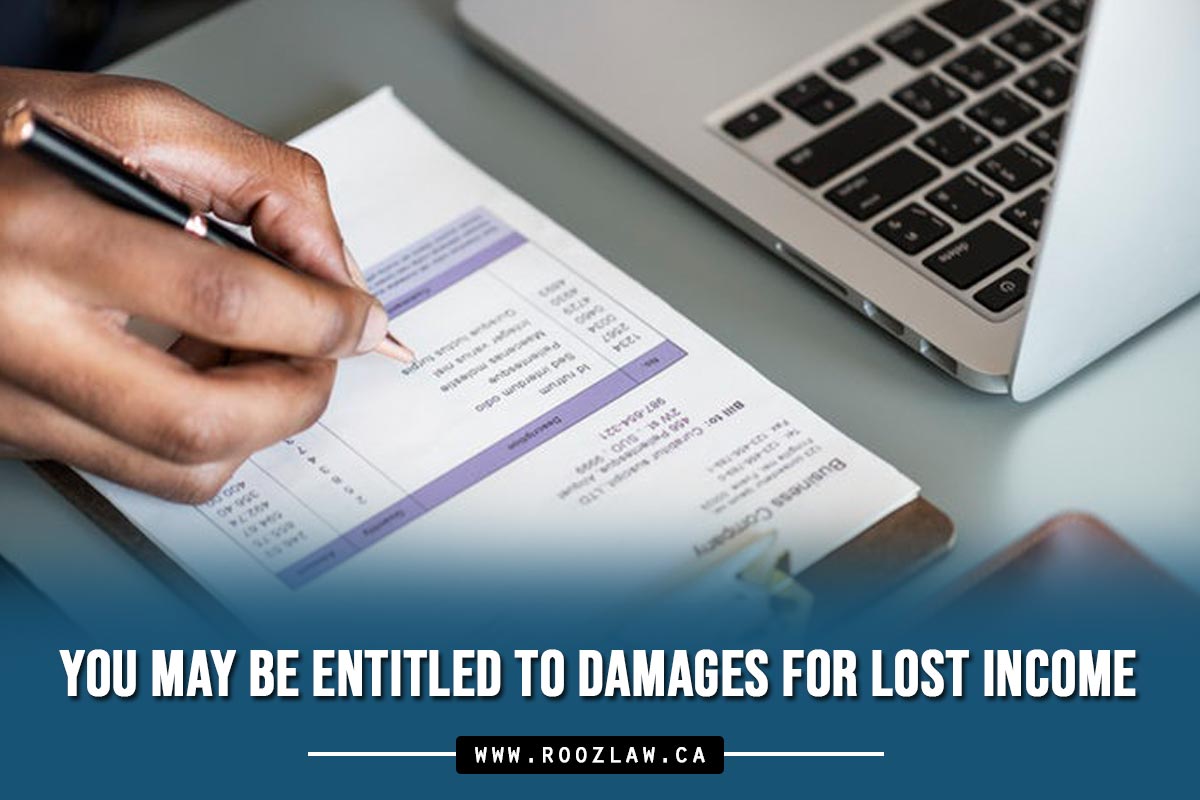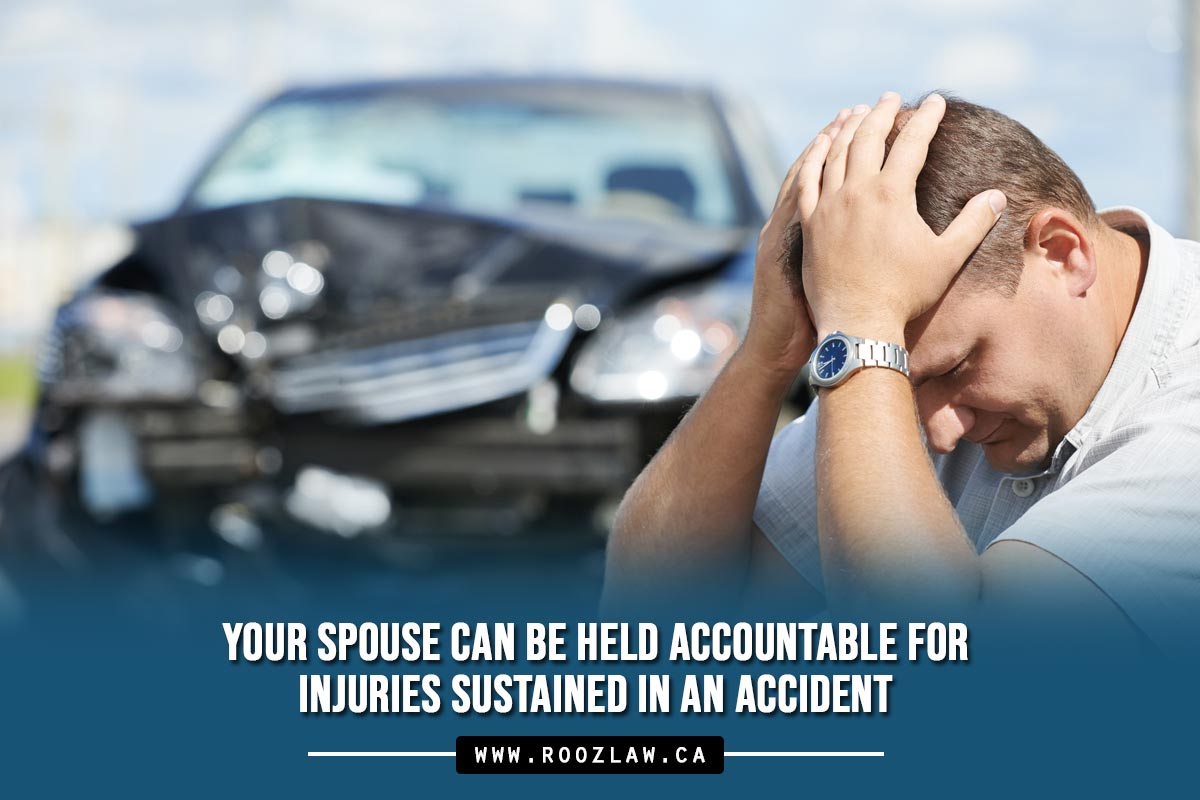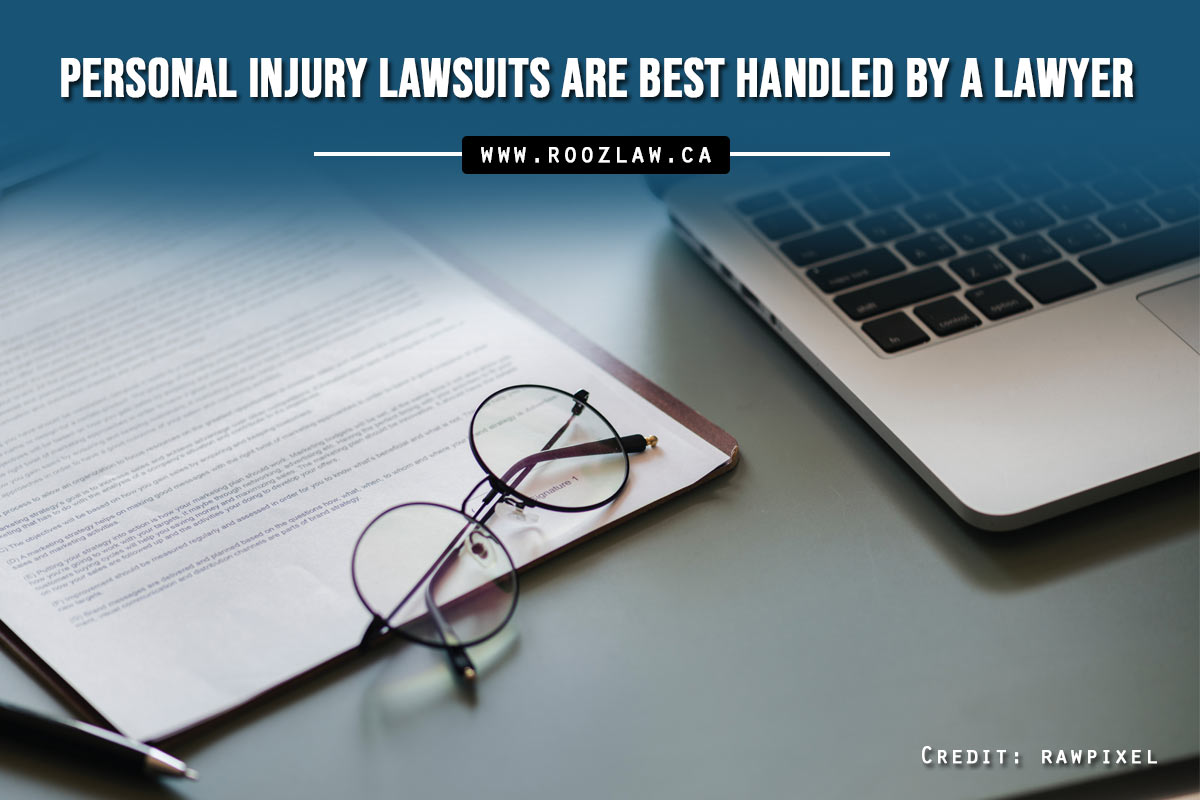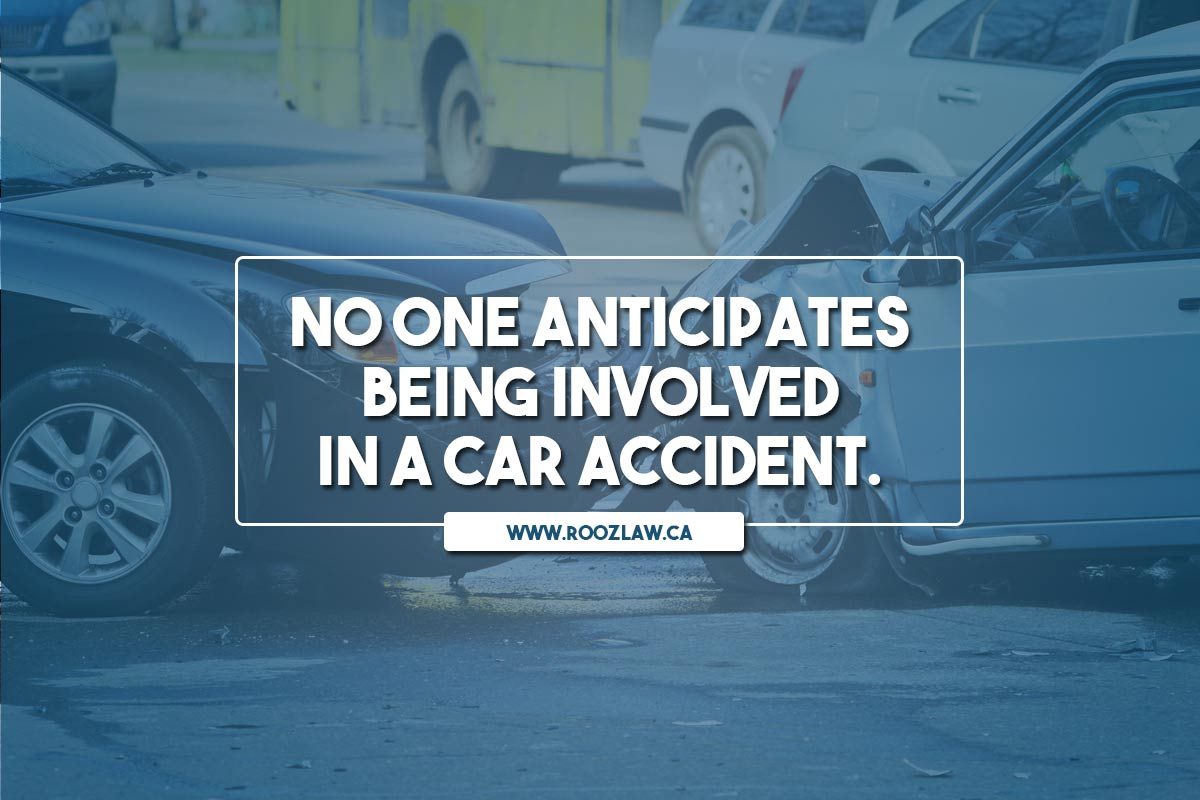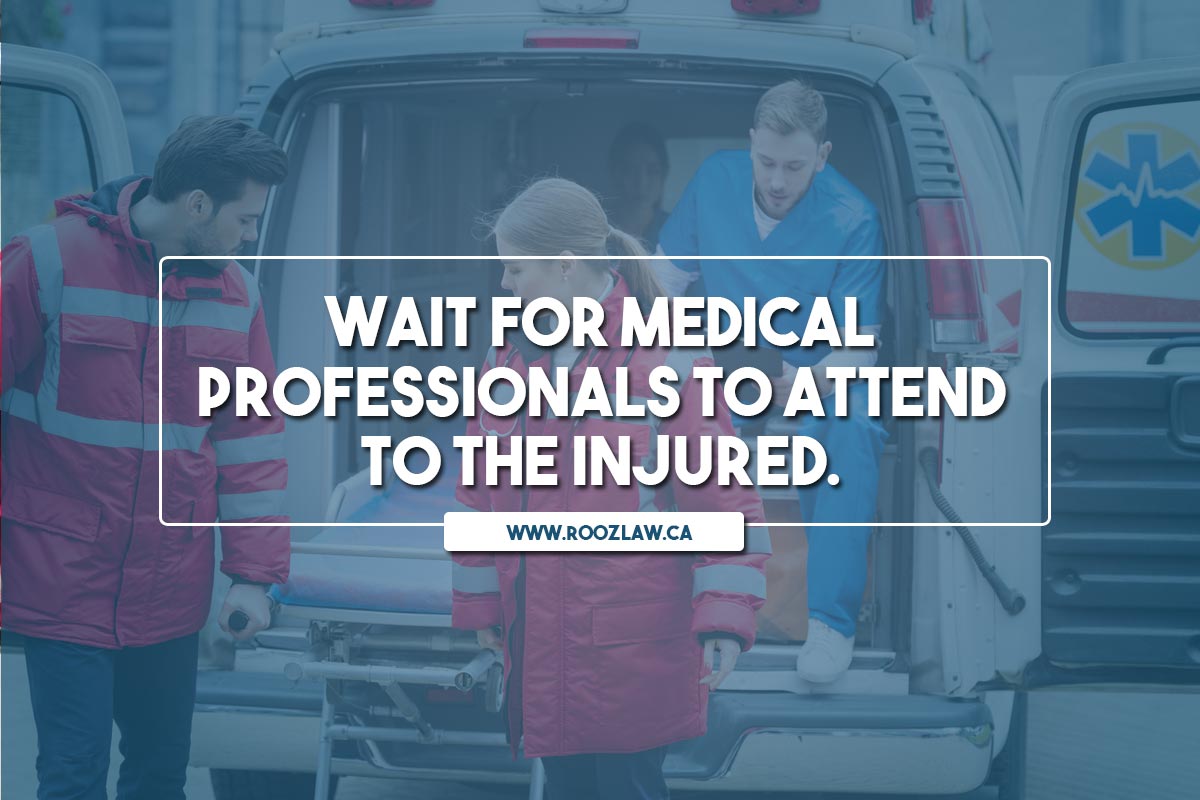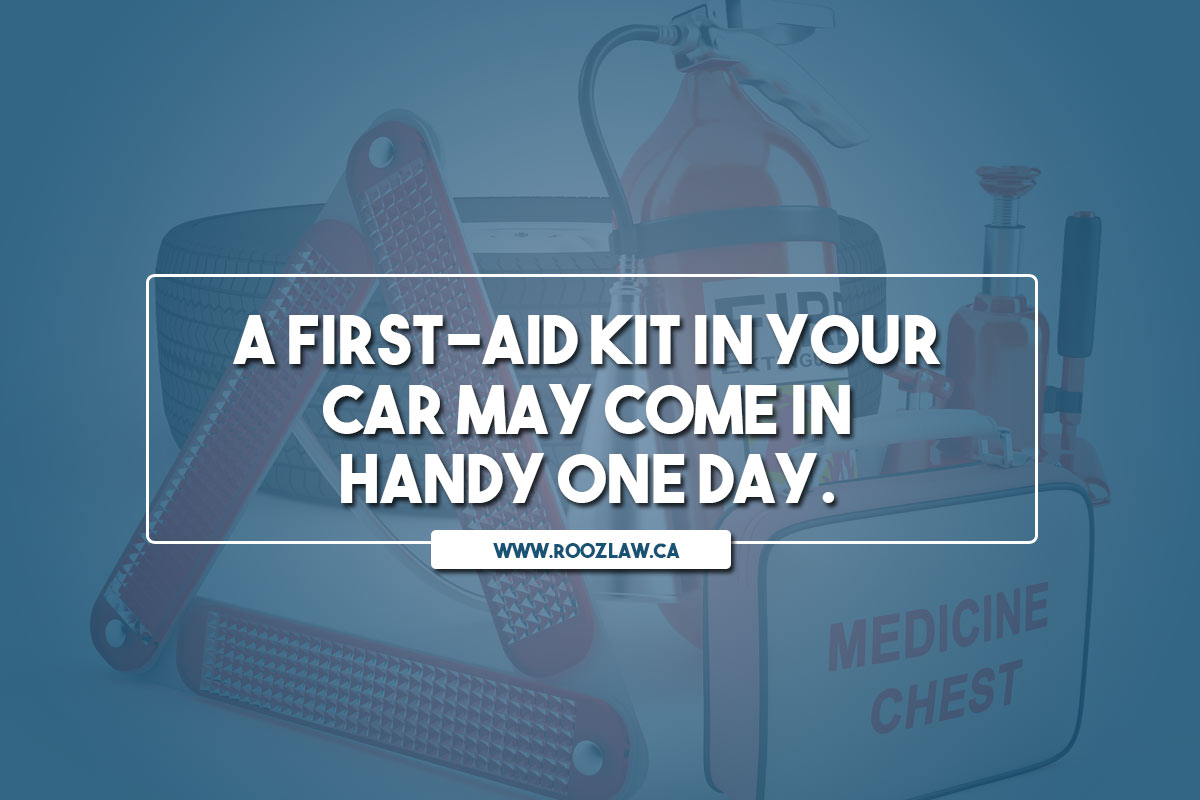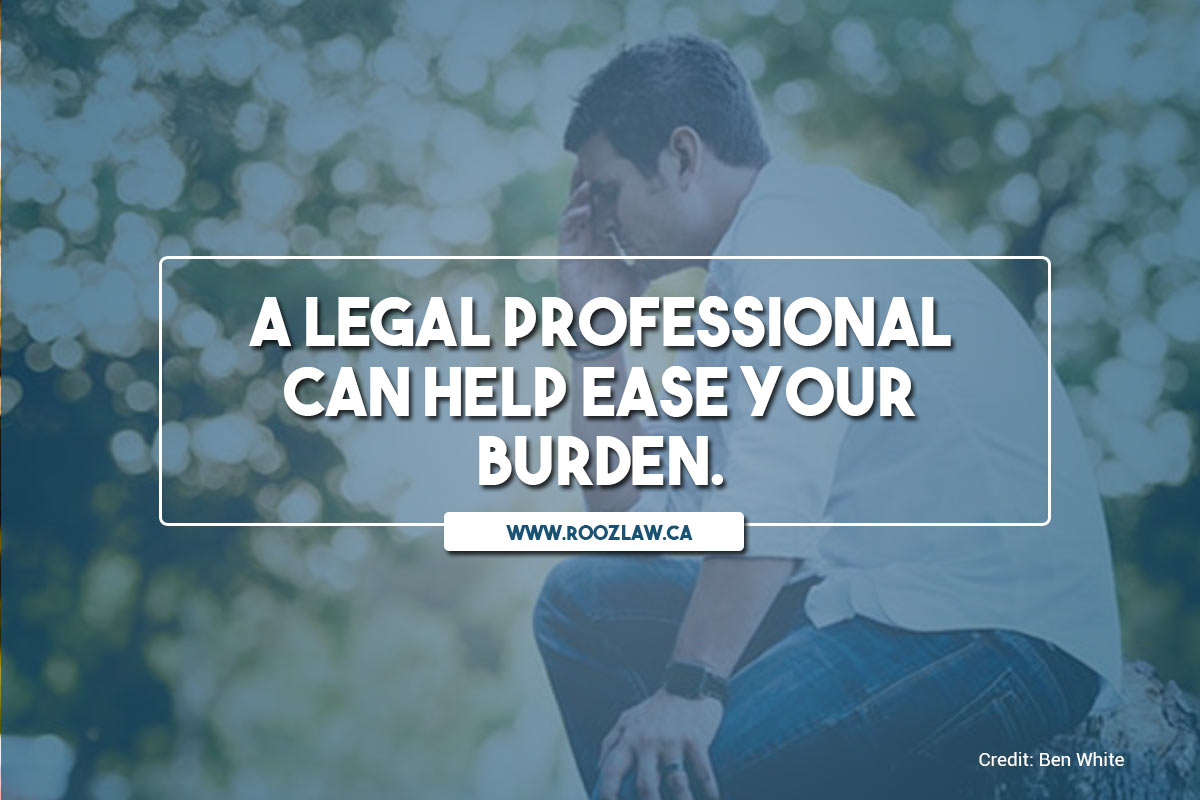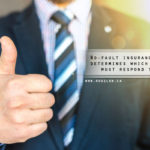In January 2018, a collision in suburban North York claimed the life of a five-year-old girl. Unfortunately, incidents like this are not isolated cases. If you are a frequent walker, safety precautions will not only protect you from injuries and property damage; they may save your life as well.
Learn more about how you can contribute to pedestrian safety in Ontario (both as a walker and a driver). Follow these tips:
Safety Tips for Pedestrians
As a pedestrian, always use the sidewalk. If there is none available, walk on the side of the road that faces traffic. This allows you to see vehicles as they pass, making it easier to dodge cars.
- Accompany young children
Hold children’s hands when walking on the sidewalk or crossing the street. Do not allow them to run ahead of you, as they can be unpredictable. Also, drivers of large or tall vehicles might have difficulty seeing very small children on the road, especially if they are driving very fast.
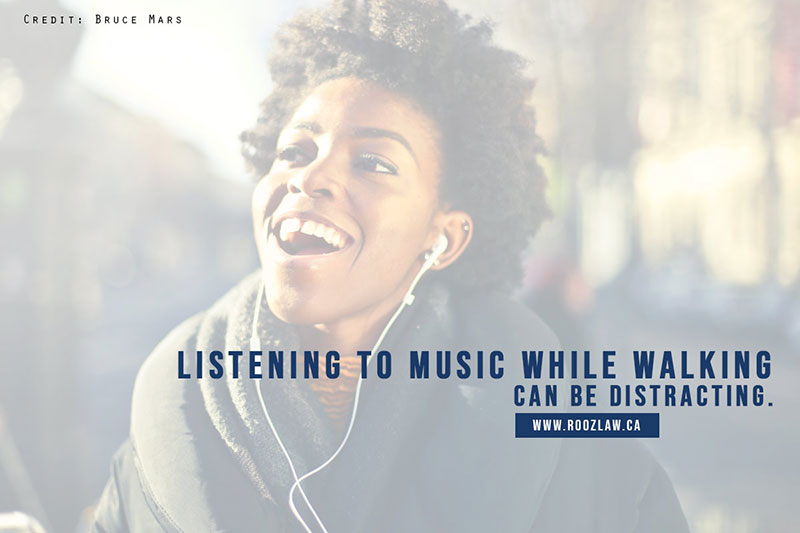
- Put away distractions
Many accidents occur because a person walking was distracted and failed to notice an oncoming vehicle. Having earphones or headphones on can impair your ability to hear warnings (like honking horns). Talking on or playing with your cell phone can affect your reflexes and senses. Be on the lookout even after you’ve begun crossing. Cars can sometimes be closer than they appear; newer cars may be quieter than older ones and therefore harder to hear. - Cross at marked crosswalks
Cross only at designated areas marked for pedestrian crossings (usually located at road interactions). It is not advisable to cross the road between parked cars or in the middle of a block.
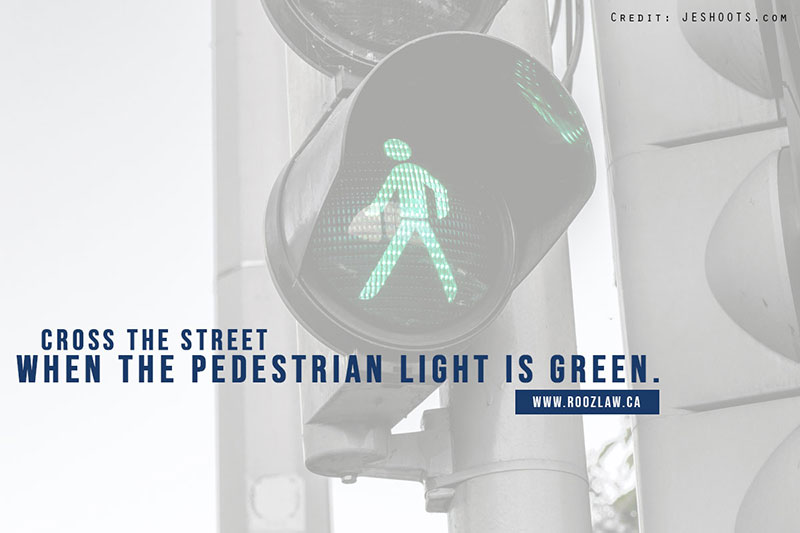
- Check the traffic light
Keep an eye on traffic lights before crossing the street. The safest time to cross is when the “Walk” (“Walking Man”) symbol appears or when the pedestrian light turns white/green. Once the “Don’t Walk” (“Flashing Hand”) signal starts to flash, the designated time for crossing will soon end, so it’s best not to start. If you’re in the middle of the lane, continue walking safely. Crossing when the light is red or when the “Don’t Walk” signal is steady is called “jaywalking” and is illegal. - Look both ways before crossing
In Ontario, vehicles can turn right on a red signal at most intersections. Even when the pedestrian light is green, begin to cross only when you are absolutely sure that there are no oncoming vehicles. - Be visible
It can be difficult for drivers to see you at night or when in inclement weather. For safety purposes, wear bright, light-coloured clothing or clothing with reflective strips to keep visible.
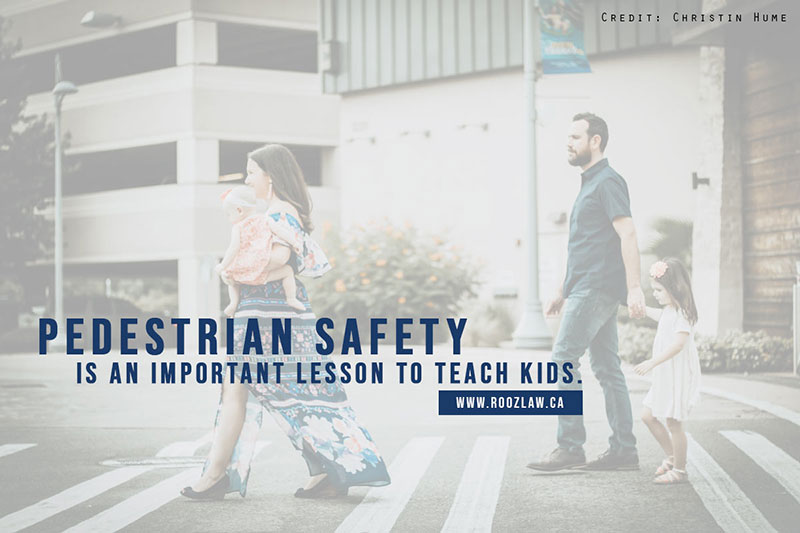
Teaching Your Children Pedestrian Safety
The best way to teach children about road safety is to lead by example. Obeying traffic laws and adhering to pedestrian safety guidelines will help kids pick up these behaviours. Other ways to actively teach your children about the rules of the road are:
- Keep instructions brief
Children have shorter attention spans than adults and they may not remember (or understand) lengthy explanations. Keep instructions clear and brief. Your explanation can be as simple as: “Red light means stop.” - Use models and toys to get their attention
Many children will understand better if you incorporate visuals when providing instruction. Use toy cars or drawings to demonstrate safety scenarios. Play mats that look like road maps can also be useful in this learning activity. - Incorporate games to make learning fun
Reiterating safety lessons is an effective teaching method, and playing games with kids will help drive the point home. Incorporate question and answer games by printing out traffic signs and letting kids tell you what they mean. You can also give them a scenario and ask them what the safest decision would be.
To keep your kids invested, turn the game into a contest and offer prizes for the winners.
- Let your child take the lead
Giving children some independence builds their confidence when it comes to walking in the street and crossing the road. When you arrive at a crossing (or when you encounter other teaching moments), stop and ask them what should be done next. If they offer the wrong (i.e. unsafe) answer, gently correct them. - Teach them alongside siblings or friends
Kids enjoy interacting with their peers, so bring along their friends (with parents’ permission!) so they can learn together. Encourage older siblings to join the younger ones to make the safety lessons a family bonding moment as well. When teaching road safety to a group of children, be firm, but patient! They may become distracted when they’re with friends.

Safety Tips for Drivers
Motorists must always keep an eye out for anything happening in the road. To avoid injuring pedestrians (especially when turning), take certain precautions when driving:
- Keep an eye out for Community Safety Zone signs.
- Drive slowly when in residential areas, school zones, playgrounds, parks, and other areas where there may be children.
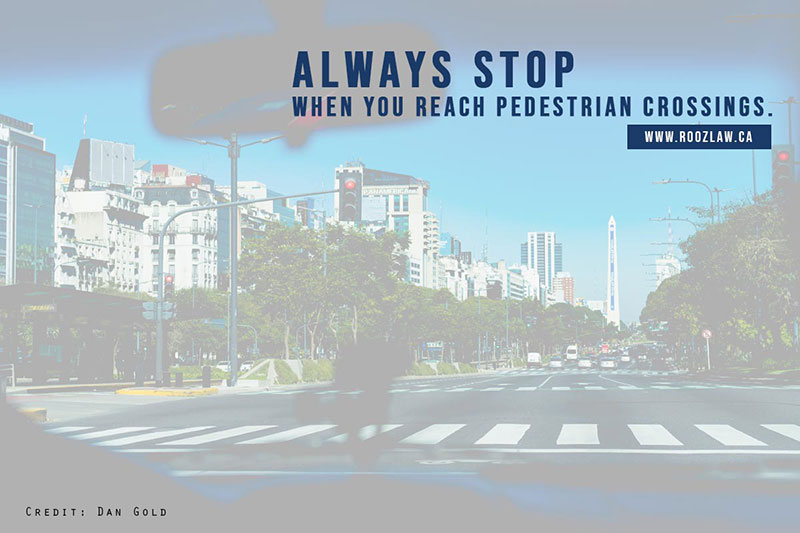
There exists a false idea that pedestrians have the right of way and a driver is always at fault in an accident involving a pedestrian. Public safety relies on all parties obeying traffic laws.
In Toronto, drivers must wait to proceed through a marked, lit crosswalk until pedestrians have safely set foot on the other sidewalk. All vehicles on the road are now required to fully stop and yield when they reach school crossings, pedestrian crossovers, and other locations designated for crossing.
However, pedestrians may not simply step into traffic, jaywalk, or commit other unwise infractions and expect that if they’re injured the vehicle operator will be at fault.
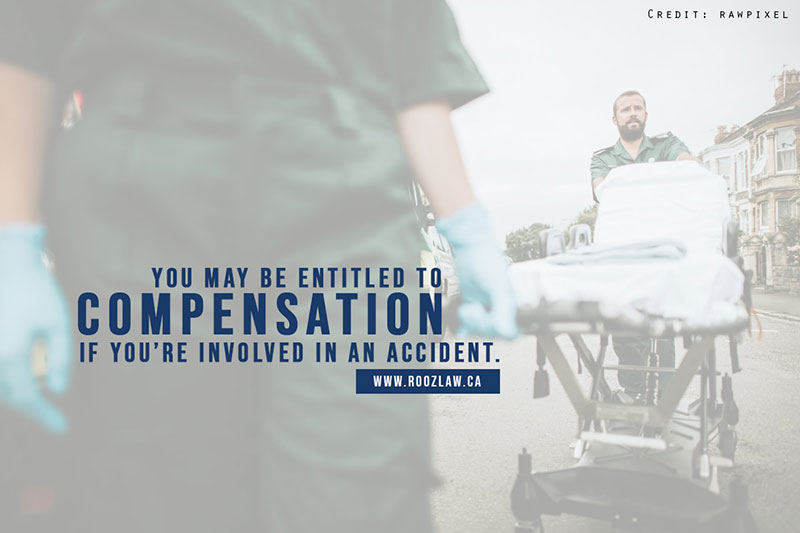
What Happens When a Pedestrian Is Injured
In Ontario, a pedestrian who is hit by a car and injured can file a claim against a driver who is at fault in addition to a claim for accident benefits. The rules set by the Ontario Insurance Act apply to pedestrians as well as the driver and passengers. Even if not covered by insurance, a pedestrian injured in Ontario is eligible to receive accident benefits.
Insurance law can be rather complex. When filing a claim, seek help from a personal injury lawyer who can navigate you through the process.
If you are in need of a personal injury lawyer in North York, call the dedicated team at Rooz Law: (416) 229-6000. We will fight for your rights and work to get you the compensation you deserve.

